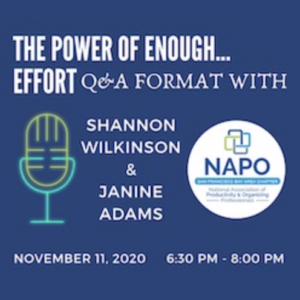 Another 30 x 30 challenge is over! Today marks Day 30. Please share know how it went for you!
Another 30 x 30 challenge is over! Today marks Day 30. Please share know how it went for you!
I had a great month. I managed to research every day except one. And, according to my spreadsheet, I averaged 30 minutes 12 seconds a day. Some research sessions were longer, some were shorter, but most were around 30 minutes.
My goal for this challenge was to eliminate the backlog of files that had accumulated. I did it! That felt great. However, I discovered other backlog folders that I don’t remember creating. They were filed in individual surname folders. So my backlog is not gone completely. But I did process 77 backlogged documents this month and I downloaded and processed 19 more. That feels very productive and I’m pleased as punch.
I hope to continue with daily research in November, though with the absence of a 30 x 30 challenge it’s less of a sure thing. I’m planning to do another challenge in January.
Your turn: If you participated in the challenge, how did it go? Did the challenge help you get more done? And did you have some fun? I hope so!


